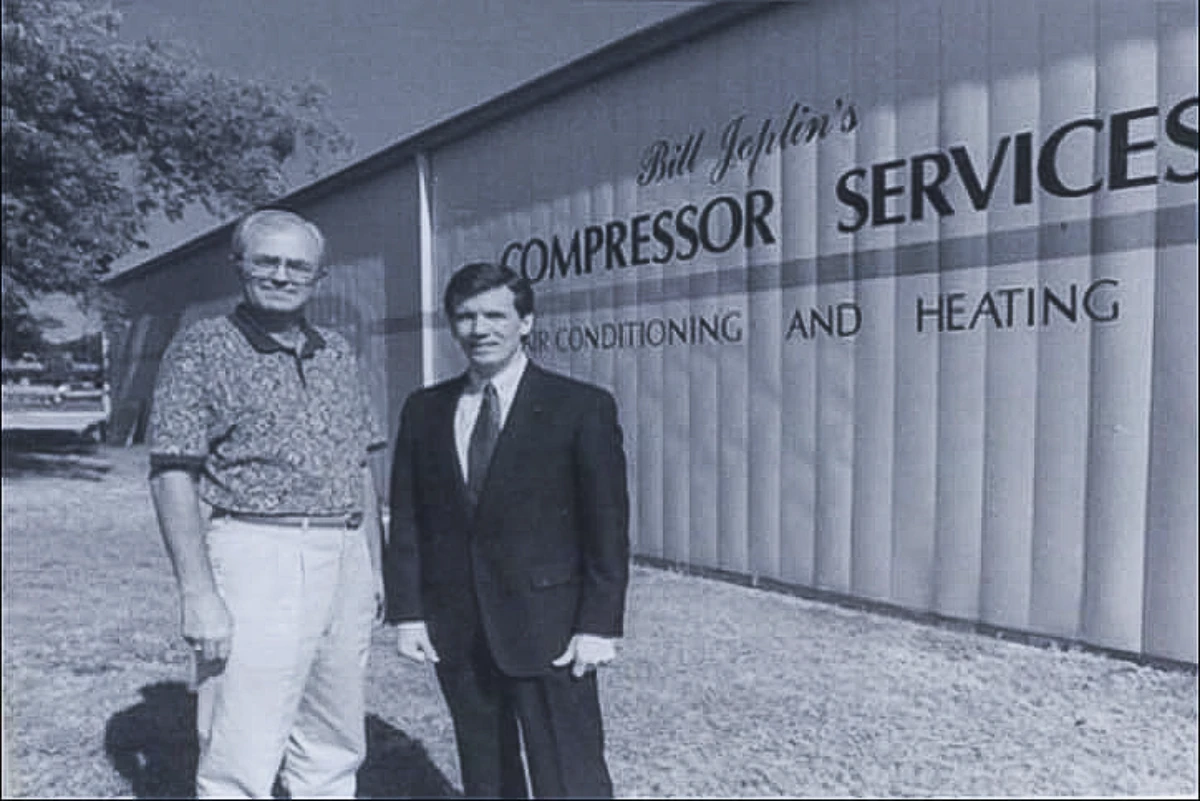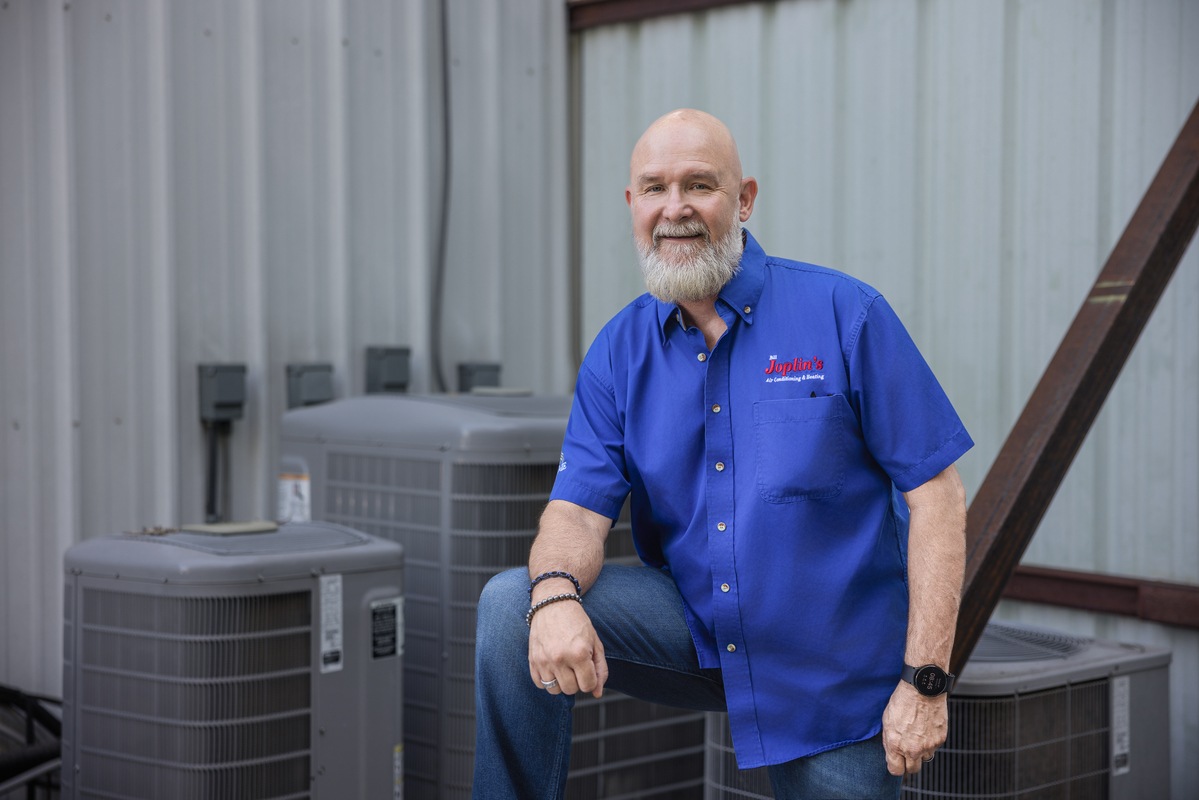Tightening up your home with energy-efficiency upgrades is one of the most practical ways to boost comfort and ease monthly energy bills for the life of your home. And one of the best ways to make your home more energy efficient is rolling out or blowing in attic insulation.
Top-Down Approach
The insulation barrier inside the home shell separates the living spaces from the non-conditioned spaces. Since heat naturally rises, the attic insulation barrier must constantly contend with heat gain/loss between the comfort of the living spaces and the attic space. Perhaps this is why Energy Star recommends homeowners in North Texas insulate their attics up to R60 – the same amount as very cold Northern states.
Attic Insulation
The most common type of residential insulation is fiberglass, which is available in rolls, batts and loose fill. Another popular insulation material is cellulose loose fill, which is made from pulverized paper products. It’s possible to mix and match attic insulation to meet your needs, as long as the new top insulation layer is not heavier than the bottom insulation layer.
For instance, perhaps you already have R40 fiberglass rolls across the attic floor (10 to 12 inches). You could add loose fill fiberglass on top (and inside wall cavities for convenience), or roll out about another 5 inches of fiberglass insulation. However, you should not install cellulose loose fill on top because it’s significantly heavier than fiberglass. Compressed fiberglass insulation, as well as moldy or damaged layers, is practically useless.
Attic Insulation Tips
- If you are going to roll fiberglass on top of loose fill, make sure the fiberglass rolls are not lined with paper or foil on either side.
- Cover the entire attic floor with insulation except for the vents. Proper ventilation is important to help prevent moisture accumulation in the attic, and to protect the roof from ice dams.
- Cover or wrap air ducts with insulation.
- Blown-in insulation provides a permanent insulation barrier more resistant to wind and mold, but may require professional installation.
For more information about attic insulation in your McKinney, Allen or Frisco area home, please contact us at Bill Joplin’s Air Conditioning & Heating today.


